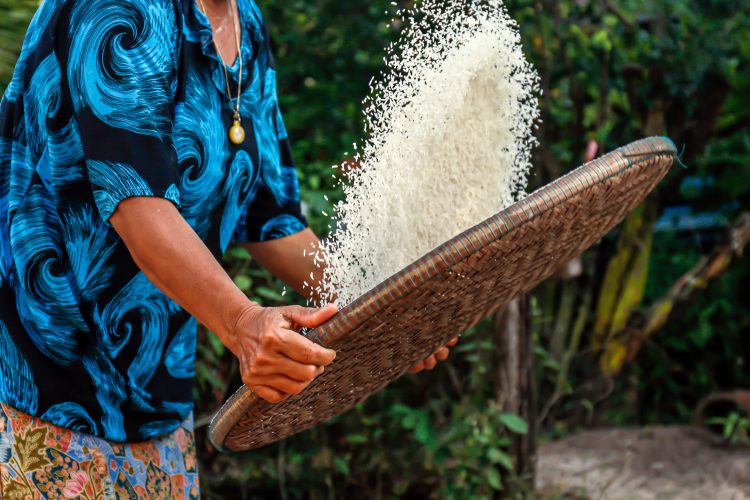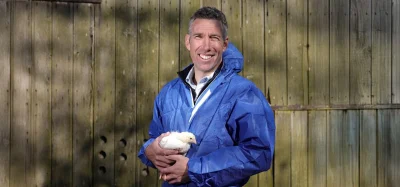Increasing the global rice bowl without harming the planet
- Like
- Digg
- Del
- Tumblr
- VKontakte
- Buffer
- Love This
- Odnoklassniki
- Meneame
- Blogger
- Amazon
- Yahoo Mail
- Gmail
- AOL
- Newsvine
- HackerNews
- Evernote
- MySpace
- Mail.ru
- Viadeo
- Line
- Comments
- Yummly
- SMS
- Viber
- Telegram
- Subscribe
- Skype
- Facebook Messenger
- Kakao
- LiveJournal
- Yammer
- Edgar
- Fintel
- Mix
- Instapaper
- Copy Link
Posted: 10 December 2021 | New Food Magazine | No comments yet
The new research has released that there is till scope to increase yields in some of the world’s most important rice-growing areas without causing significant damage to the environment.


Rice is the main food staple for more than half of the global population, and as the population grows, demand for rice is expected to grow, too.
But increasing global rice production is not a simple prospect.
“Global rice production is challenged now due to the negative environmental impact, water scarcity, labour shortage and slowing yield increases in many parts of the world,” said Shen Yuan, a postdoctoral research associate at Huazhong Agricultural University in China who spent two years as a visiting scholar at the University of Nebraska–Lincoln.
The challenge is producing more rice on existing cropland, and doing so while minimising the environmental impact. New research led by Shaobing Peng, a professor of agronomy at Huazhong Agricultural University, and Patricio Grassini, associate professor of agronomy at Nebraska and co-leader of the Global Yield Gap Atlas, provides an analysis of roadmaps toward sustainable intensification for a larger global rice bowl.
“Comparing rice cropping systems around the world in terms of productivity and efficiency in the use of applied inputs can help identify opportunities for improvement,” Grassini said.
The global assessment was led by Huazhong Agricultural University and the University of Nebraska–Lincoln, in collaboration with the University of California, the Africa Rice Center, Indonesian Center for Rice Research and Assessment, plus many more institutions.
The study assessed rice yields and efficiency in the use of water, fertiliser, pesticides and labor across 32 rice cropping systems that accounted for half of global rice harvested area.
“This study is the most comprehensive global evaluation of production systems for a major staple crop that I am aware of, and it will set the standard for future global comparison of such systems,” said Kenneth G. Cassman, professor emeritus at Nebraska and a co-author of the paper.
The good news, according to the study, is that there is still substantial room to increase rice production and reduce the negative environmental impact.
“Around two-thirds of the total rice area included in our study have yields that are below the yield that can be attained with good agronomic practices,” Yuan said.
“Closing the existing yield gap requires better nutrient, pest, soil and water management, reduction of production risk and breeding programs that release rice cultivars with improved tolerance to evolving pests and diseases.”
Another important finding from the study is that food production and environmental goals do not conflict.
“We found that achieving high yields with small environmental impact per unit of production is possible,” Peng said. “Indeed, there is room for many rice systems to reduce the negative impact substantially while maintaining or even increasing rice yields.”
Producing more and minimizing the environmental footprint is an enormous challenge, Grassini added.
“Improved agronomic practices, complemented with proper institutions and policy, can help make rice cultivation more environmentally friendly,” he said.
“Our study marks a first step in identifying systems with the largest opportunities for increasing crop yields and resource-use efficiency, providing a blueprint to orient agricultural research and development programs at national to global scales.”
Related topics
Related organisations
Africa Rice Center, Huazhong Agricultural University, Indonesian Center for Rice Research and Assessment, University of California, University of Nebraska-Lincoln









